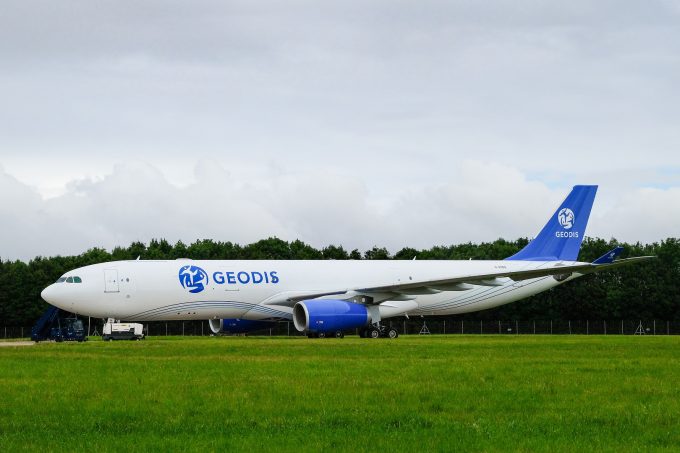Threat of rising oil price adds to frustration for crisis-hit supply chain chiefs
New warnings from the World Bank of surging oil prices, adding to the continuing instability ...

A switch to sea-air freight solutions is the favoured move so far by shippers and forwarders in response to the Cape detours resulting from the Red Sea crisis, industry feedback suggests.
Market players appear far more hesitant to make a full-blown shift to air freight, but this could change if attacks on ships by the Houthi militia continue.
As soon as ocean carriers began re-routing vessels around Africa, with far longer transit times to Europe and beyond, French logistics group Geodis suggested customers use sea-air through the Middle East and North America, revealed EVP freight forwarding Eric Martin dit Neuville.
“These solutions provide a welcome compromise in terms of the price-transit time balance, and we will see their attractiveness increase if airfreight prices continue to rise,” he told The Loadstar.
“The main requests we’ve received are related to components feeding manufacturing sites in Europe, automotive in particular. But the range is rather wide, with garments or hi-tech consumer goods manufacturers also looking at this option. Shippers with products sourced in South Asia which are seeing their lead times to market increased substantially are also interested.”
Meanwhile, Kuehne + Nagel is seeing 25-30% more demand for sea-air transport than normal, a spokesperson told The Loadstar, adding: “We’ve been offering this solution for the past five or six years, during the global pandemic it really came into its own and we’ve maintained it.
“While something of a niche product, it’s perfect for the current situation and particularly relevant for sectors at risk of running out of components, such as automotive.”
While sea-air solutions are attracting buoyant demand, a direct shift from sea to air is far less attractive at this stage, Mr dit Neuville noted.
“We have started to see signs of transfers from ocean to air, especially out of China into Europe, but these remain somewhat limited in terms of volume, and are not yet sufficient to greatly influence the airfreight market. The ocean situation around the Red Sea has had some impact on airfreight pricing, but again not to a significant degree.”
But even if there is a marked shift toward air from ocean, Mr dit Neuville does not anticipate a squeeze on space.
“At this stage we remain in a good position to provide our customers with access to the capacity they need. There are smaller markets, Israel for example, which have been affected by the overall situation in the Middle East, but this is more in relation to the conflict in Gaza than to the Red Sea events.”
Geodis said it had no immediate plans to charter additional aircraft in anticipation of a surge in demand. It said: “We continue to operate our own (regular charter) services between China and Europe and China and Mexico, but the strength of demand at present does not require chartering extra capacity.”
On the prospect of air freight rates rising steadily over the coming weeks, Mr dit Neuville said: “If the situation around the Red Sea sees ocean carriers continuing to reroute vessels via the Cape, it will lead to additional pressure on air freight demand, and thus push up prices. But in terms of current rate levels, we remain quite some way from the multiples witnessed in ocean freight.”
On the likelihood of Geodis using the land bridge in the Middle East for sea freight, which links the UAE and Bahrain, via Saudi Arabia and Jordan, to Israel and Egypt, with sea connections to Europe from Haifa and Port-Saïd, he said: “Transit time, reliability, security and costs are important to us and to our customers and these (inland) solutions are still to prove their reliability.
“We want to make sure, prior to moving in that direction, that we are not adding complexity to our customers’ already disrupted supply chains.”
Comment on this article